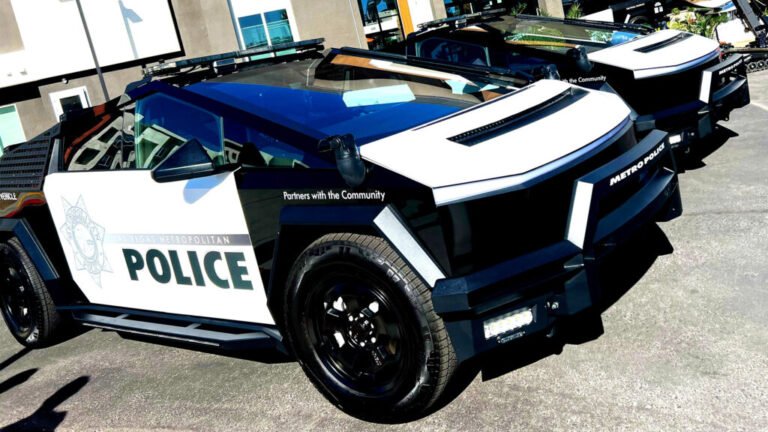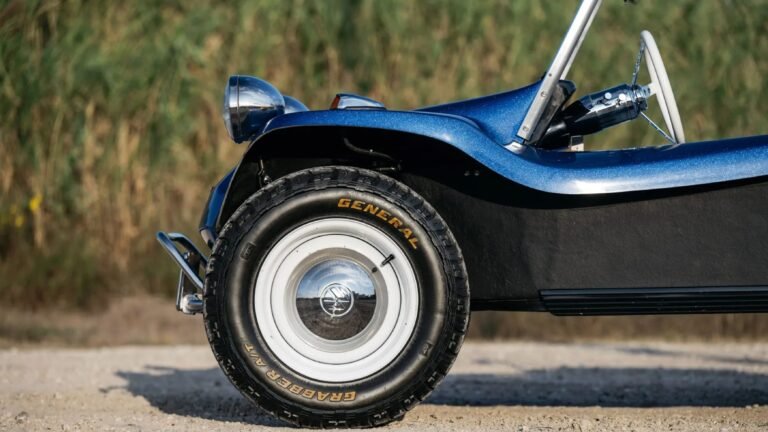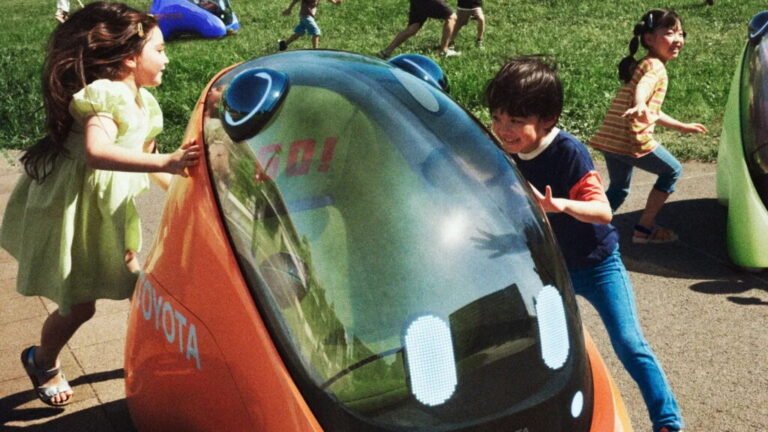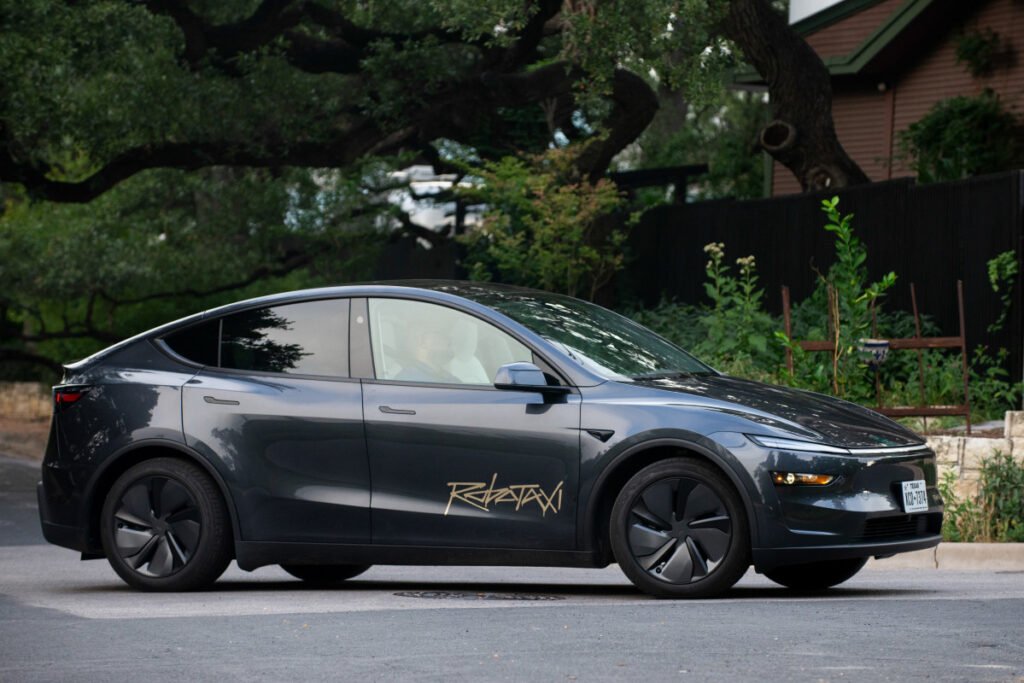
Tesla’s pilot “robotaxi” program is facing mounting scrutiny after multiple incidents in Austin, Texas, where the company’s driverless cars have reportedly been involved in several low-speed crashes despite having human safety monitors on board. Spotted by Electrek and found here on the NHTSA website, both cite federal reports confirming at least four accidents since the fleet quietly began operations this summer.
The NHTSA is already investigating Tesla’s Full Self-Driving (FSD) software over erratic traffic behavior, and the robotaxi crashes appear to extend those concerns into Tesla’s dedicated autonomous service. The agency said it is reviewing new reports related to these test vehicles as it evaluates whether Tesla’s systems meet federal safety standards.
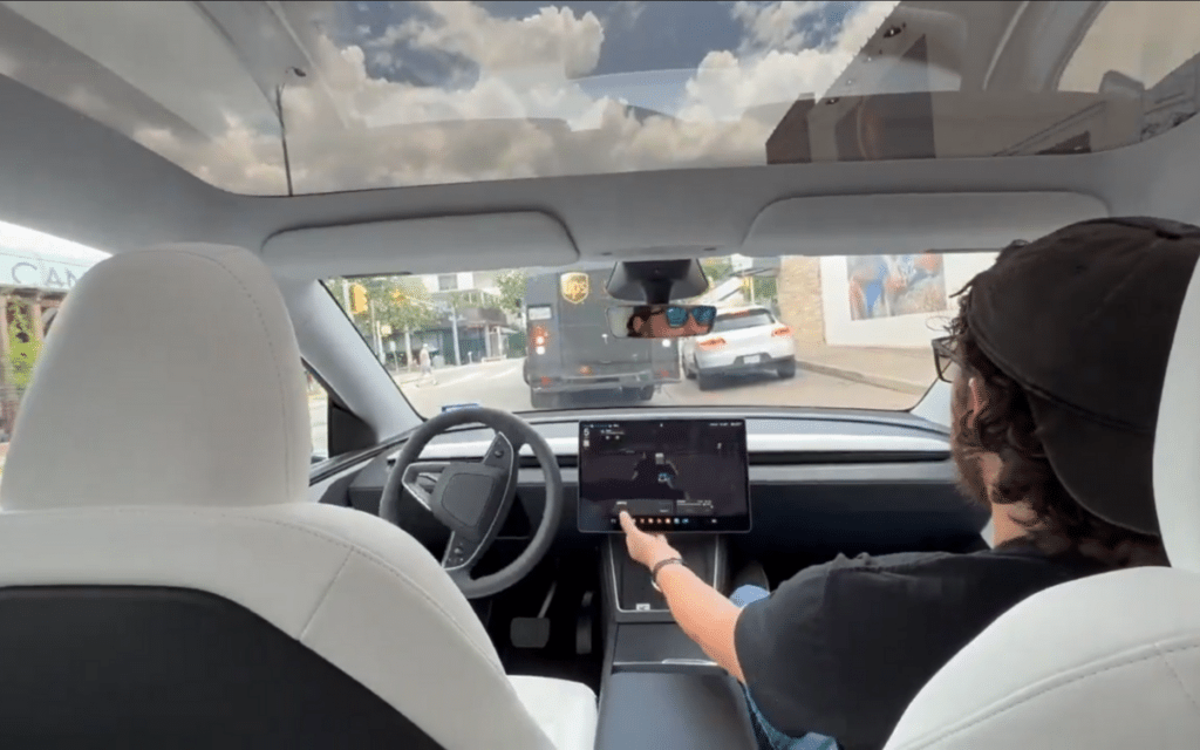
Monitors Aren’t Preventing Mistakes
Each Tesla robotaxi currently operates with a safety monitor in the driver’s seat, ready to take control if the system fails. But several of the Austin crashes occurred while the vehicles were moving slowly or stationary, one incident involved contact with a fixed object in a parking area. Analysts say this suggests the system’s perception and decision-making may not be giving monitors enough time to react, a key issue NHTSA has previously flagged in other FSD-related investigations.
Tesla’s autonomous challenges arrive just as the company continues to juggle broader reliability and quality concerns. Tesla recently recalled 13,000 vehicles because of a battery defect that could cause sudden power loss, adding to the list of active recalls. Safety questions like these compound pressure on Tesla’s wider push toward autonomy, particularly as Elon Musk insists the company will expand its driverless operations to new cities by year-end.
Tesla’s Broader Image Problem
While Tesla’s technology ambitions remain unmatched in scale, its safety record continues to trail several competitors in key metrics. A new industry report found that long-term battery reliability may be stronger elsewhere, Tesla ranks behind Kia in overall battery longevity for used EVs and plug-in hybrids, signaling that rivals are quietly catching up in key technical areas.
At the same time, Tesla’s vehicles remain in the public eye through unusual deployments that contrast with its troubled robotaxi rollout, a government partnership showcasing Cybertrucks configured for law-enforcement use. Yet while Tesla’s trucks are making headlines for their durability and practicality, its autonomous cars are making news for the wrong reasons.
Why It Matters
For Tesla, the robotaxi initiative represents both its boldest gamble and its biggest regulatory risk. Despite years of promises about driverless capability, the company still faces federal oversight, unresolved safety probes, and a string of real-world mishaps that threaten public confidence. Each new incident underscores how complex full autonomy remains, even for a company that dominates global EV sales.
Until Tesla provides transparent data on crash frequency and performance, or demonstrates consistent reliability in live service, its robotaxi fleet will likely remain in testing limbo. For now, the only certainty is that the road to driverless mobility is proving bumpier than Tesla expected.


